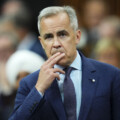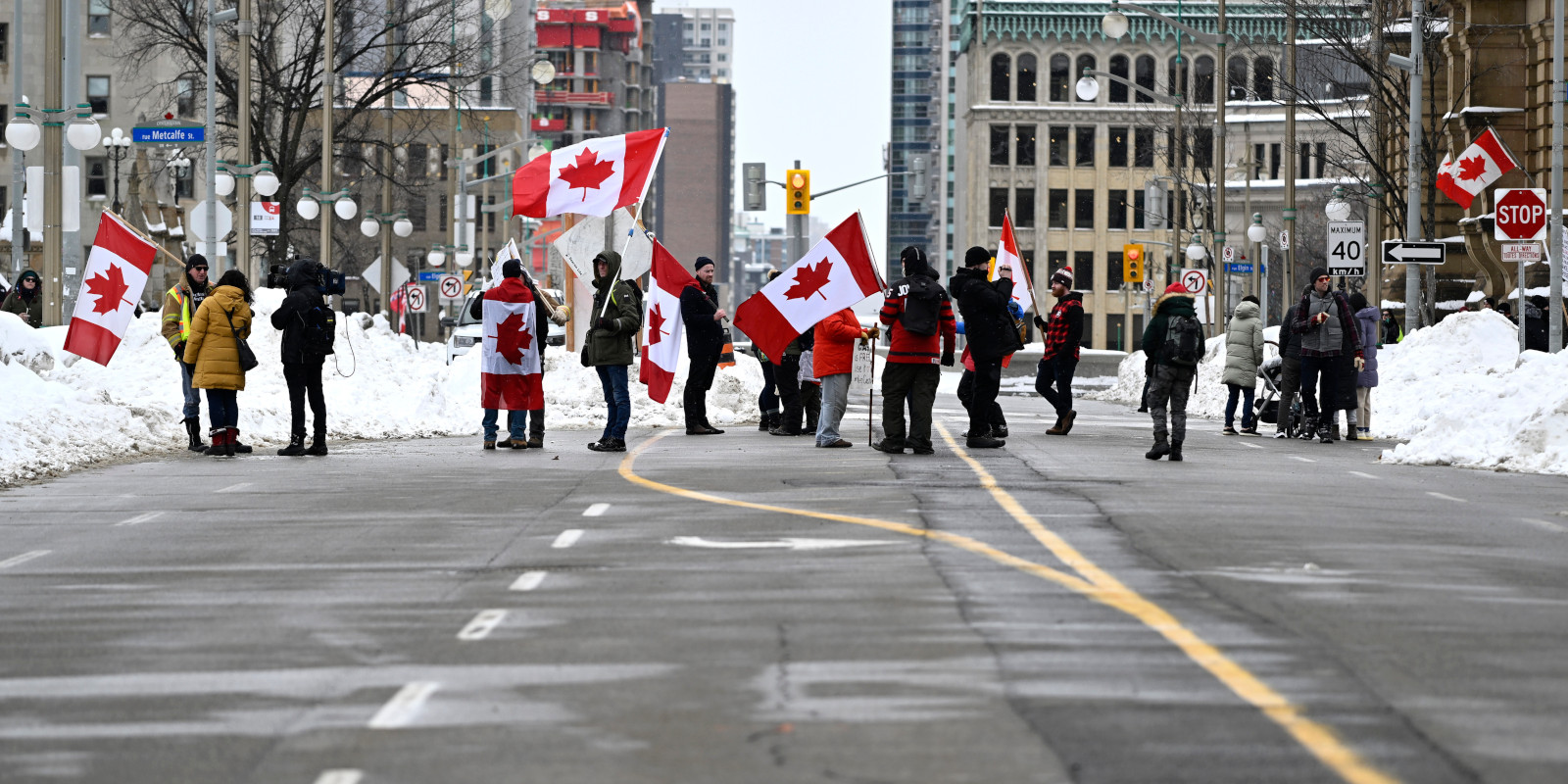Today, in a monumental decision, the Federal Court found that the Trudeau government’s 2022 use of the Emergencies Act against the self-declared “Freedom Convoy” violated Canada’s Charter of Rights and Freedoms.
Justice Richard G. Mosley said the decision was outside the scope of the law.
“The decision to issue the Proclamation was unreasonable and led to infringement of Charter rights not justified under Section 1,” he wrote.
He did however state that the convoy “went beyond legitimate protest” and was “an unacceptable breakdown of public order”.
The full decision can be found here.
Here are five tweets in response to the Federal Court’s ruling.
The case was initially brought forward by the Canadian Civil Liberties Association (CCLA) and the Canadian Constitution Foundation (CCF), among others.
CCLA lawyer Ewa Krajewska was very pleased with the decision:
Federal Conservative Leader Pierre Poilievre was quick to call out Prime Minister Trudeau for his decision to invoke the Act, and used the opportunity to sign up new party members:
The Federal Court ruling came almost a year after the Public Order Emergency Commission or “Rouleau Inquiry”, which found the federal government acted appropriately when using the Emergencies Act. During that commission, Justice Rouleau stated it was reasonable to believe that the COVID-19 protests, both in Ottawa and at the border, posed a threat to Canadian security.
NDP leader Jagmeet Singh did not give a clear response to today’s ruling. He said due to the failure of the Trudeau government and provincial and municipal governments, the Emergencies Act was necessary, with his party “reluctantly” supporting its invocation.

Author and activist Maude Barlow was not so pleased, having been one of many Ottawans who endured three weeks of the convoy occupation and its accompanying honking. She approved of the Emergencies Act being invoked:
Live from the Liberal caucus retreat, Deputy Prime Minister Chrystia Freeland said she disagreed with the ruling and stood by the federal government’s use of the Act.
“The public safety of Canadians was under threat, our national security, which includes our national economic security was under threat. It was a hard decision to take,” she stressed.
“We were convinced at the time—I was convinced at the time—it was the right thing to do. It was the necessary thing to do. I remain and we remain convinced of that,” she added.
She announced that the federal government would be appealing the Federal Court ruling:
In response, CCF litigation director Christine Van Geyn, who was involved in the case, challenged Minister Freeland publicly:
Her CCF colleague, The Hub’s own lawyer Joanna Baron added it was a proud day to be a Canadian.
You can catch Baron writing about the decision in The Hub tomorrow.
Today’s news will surely breathe life into the debate over civil liberties in Canada.
Recommended for You

‘Another round of trying to pull capital from Canada’: The Roundtable on Trump’s latest tariff salvo

‘We knew something was coming’: Joseph Steinberg on how Trump is ramping up his latest tariff threats against Canada

Rudyard Griffiths and Sean Speer: Canada’s high-stakes standoff with Trump

Carney’s next budget will be built on a shaky fiscal foundation



